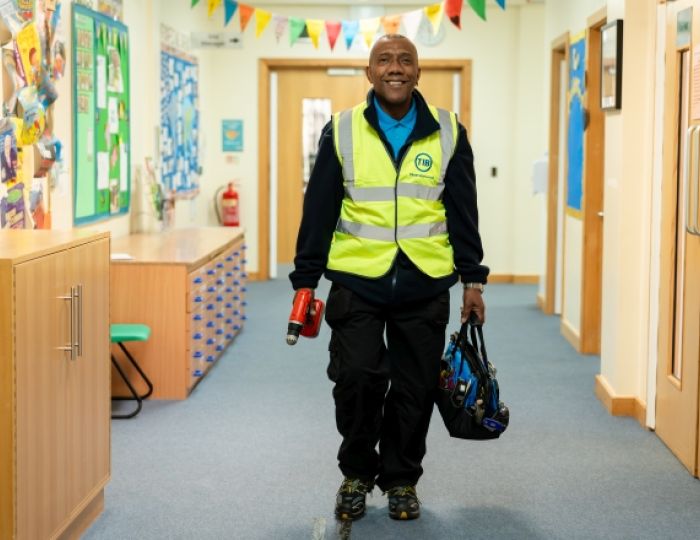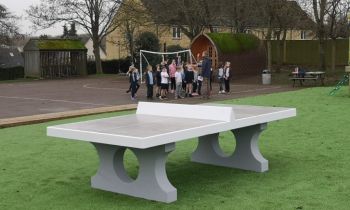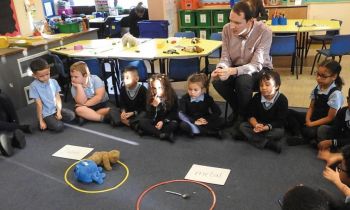We all know that teacher workload is a pressing issue, and that the day-to-day tasks teachers face can be overwhelming. The role itself has changed dramatically over the last 20 years, and now takes in an ever-increasing range of admin tasks that can take up as much as 60% of a teacher’s time. The constant demands for micro-marking, micro-assessments and data tracking never seem to end, and often distract from what teachers do best – teach and inspire.
At this point teachers have been using ICT in their classrooms for years, yet despite steady improvements in hardware and software, it’s become a best friend to many teachers and an arch enemy to others. Educational technology has increased the resources available to teachers and enabled ideas and planning to be shared in all manner of creative ways. On the flip-side, many edtech classroom resources have also entailed an increase in workload. Teachers are often required to manually set work for a range of abilities in their class, or constantly monitor their students’ involvement and separately track the results, thus increasing their administrative burden.
Artificial intelligence is currently transforming numerous sectors across the economy, from weekly grocery shopping to the way people consume music and other media. The immunologist, geneticist and healthcare leader Sir John Bell has even said that AI could be used to “Save the NHS.” AI is still relatively new to the education sector, but it’s already had revolutionary effect in those classrooms where it’s been introduced.
Students can now be presented with personalised learning pathways that provide them with instant feedback and suggestions for future work, helping them fill the gaps in their knowledge and push themselves in areas where they’re strong, supporting them to reach their full potential.
For teachers, the changes can be even greater. It’s now possible for students’ work to be ‘automarked’, with their results immediately fed to the teacher. They can see not only the results, but also the attempted answers to each question and the amount of time taken to answer. Teachers are thus empowered to judge students’ understanding and make timely interventions, allowing them to be what every teacher should be – the talented, committed and inspirational human being in the classroom.
Teachers, students and technology can work together harmoniously both inside and outside the classroom, with the result that students are both supported and challenged. Teachers can also set work for students that complements their in-class learning, via which the students are assessed on their understanding. The teacher can then be presented with an overview of the results, as well as in depth analysis for each child.
This is what the future of teaching should look like – teachers free from the mundane and burdensome duty of data entry and marking, and instead free to teach to their full potential, ensuring that every student has a robust understanding of the topics. Under this system, teachers are encouraged to be the human in the classroom, implementing targeted interventions with a wealth of data at their fingertips and fully engaged with teaching and inspiring every student.
Priya Lakhani OBE is the founder and CEO of CENTURY Tech; for more information, visit century.tech or follow @ThisIsCentury










